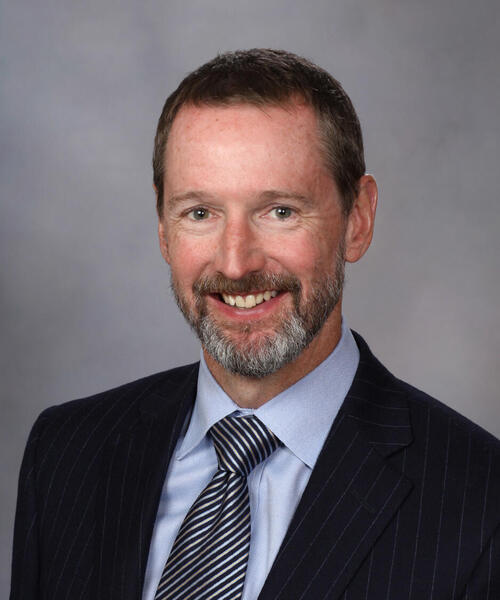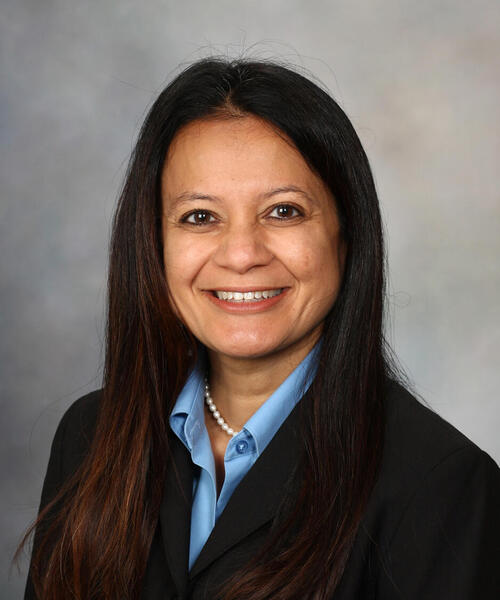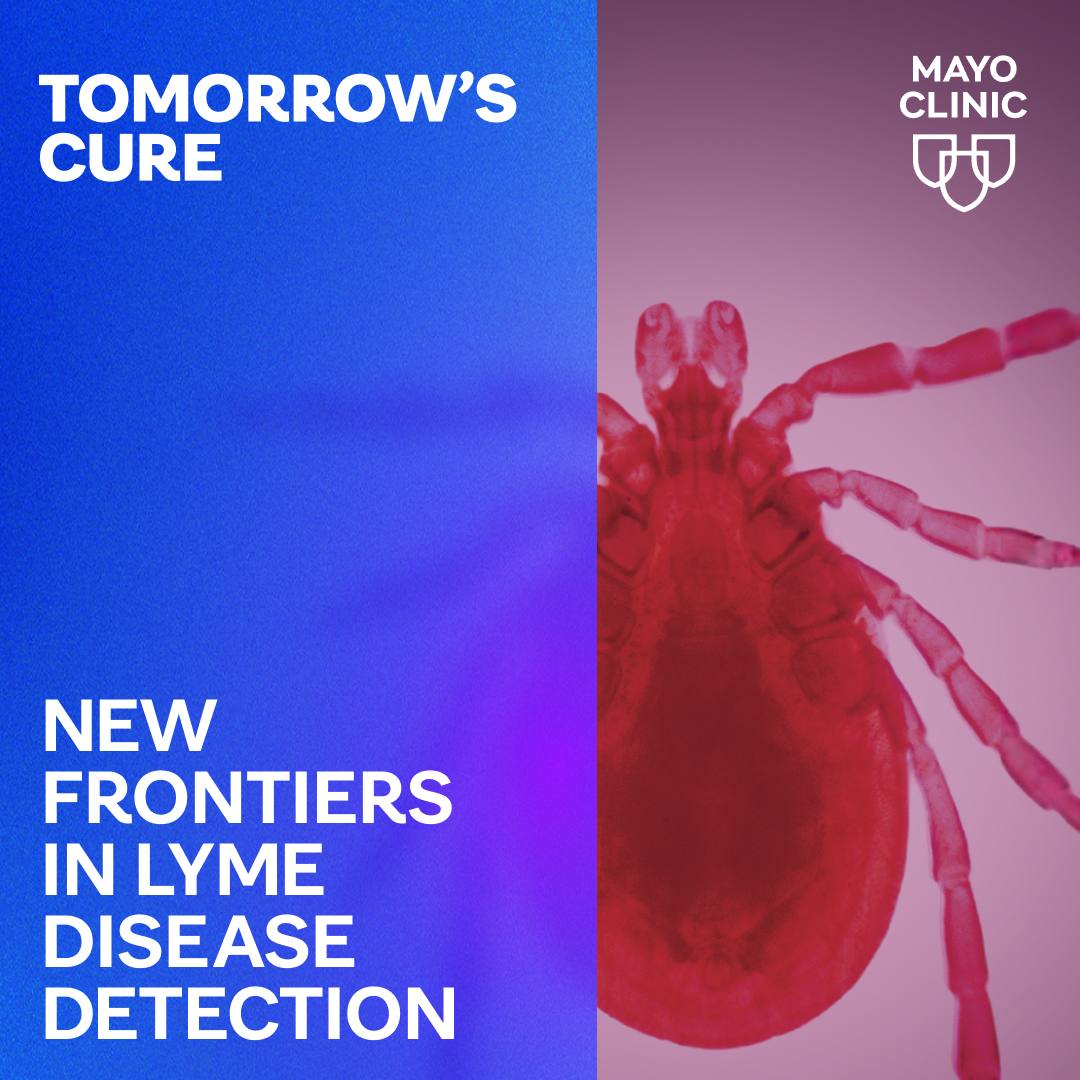-
Fueling the future of telehealth through expanded services, research in sports medicine
Mayo Clinic's Center for Digital Health is finding new ways to provide care to patients with digital tools. At the same time, it is conducting innovative research to fuel practice transformation.
From virtual rounds to emergency medicine video consults, Mayo Clinic has expanded the delivery of medical care through telehealth by more than 500% since the start of the COVID-19 pandemic.
The expansion of telehealth services includes outpatient services you might expect, such as psychiatry and postsurgical follow-up appointments, which grew rapidly. Mayo also has expanded inpatient and acute telemedicine services.
Mayo Clinic's Center for Digital Health is finding new ways to provide care to patients with digital tools. At the same time, it is conducting innovative research to fuel practice transformation.

"Across Mayo Clinic, providers are using digital tools to connect with patients in new and innovative ways," says Steve Ommen, M.D., medical director of Consumer Digital Products for the Center for Digital Health. "We're keeping a close eye on regulatory changes and the extension of the public health emergency, but if the last 20 months are any indication, more advances are right around the corner from our investigators and providers."
An example is virtual rounds, which allow health care staff to visit their patients through video consults using a tablet or telemedicine cart, and provide personalized care ― even when they're not physically at the hospital. When they want to consult with another Mayo Clinic clinician about a patient's care, they can use a Mayo Clinic device with Zoom conferencing that complies with the Health Insurance Portability and Accountability Act.
Tele-Emergency Medicine provides emergency medicine video consultations, including pharmaceutical consults, for critical-access locations across Mayo Clinic Health System.
These services form the foundation for telehealth at Mayo Clinic. But the center's leaders believe there is more to come for Mayo Clinic patients and the communities Mayo serves.
Research on bringing telehealth to the community

Neha Raukar, M.D., Emergency Medicine, is leading a feasibility study on using acute video consults on the sidelines of high school sporting events across Southeast Minnesota.
"We wanted to find a way to provide a safety net for high school athletes, especially those in rural areas who may not have a sideline medical provider, such as an athletic trainer or physician," Dr. Raukar says.
She points to recent studies showing that early assessment and care for sports injuries, such as concussion and overuse injuries, lead to faster recovery and better outcomes.
"After an injury, early diagnosis and interventions can make a big difference to young athletes' short-term recovery and their ability to continue in their sport long term," Dr. Raukar says.
As part of the study, participating schools are given a tablet connected to Mayo Clinic's network. In the event of a player injury, the coach or school staff can connect to Mayo Clinic's emergency medicine or sports medicine clinicians at Mayo Clinic in Rochester through a video visit. The team member assesses the patient and provides recommendations for treatment and care, including referrals to local medical centers when necessary.
The study is funded by the National Federation of State High School Associations and the Mayo Clinic small grant program.
"Partnering with the Center for Digital Health to bring resources to athletes who would not normally have a medical provider available is what telemedicine is all about," Dr. Raukar says. "We can bring Mayo expertise to those who need it, when they need it, and where they need it."








